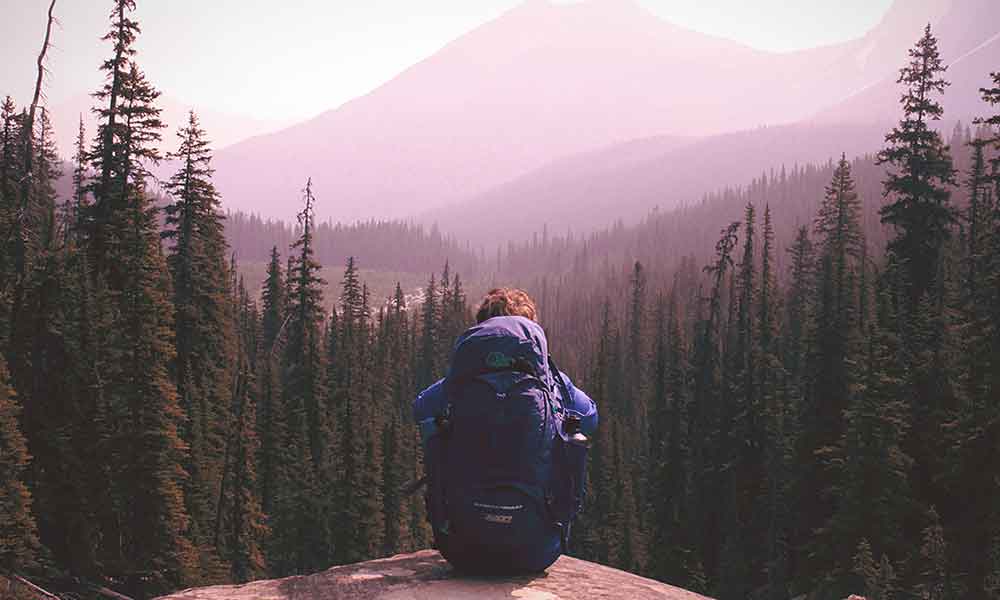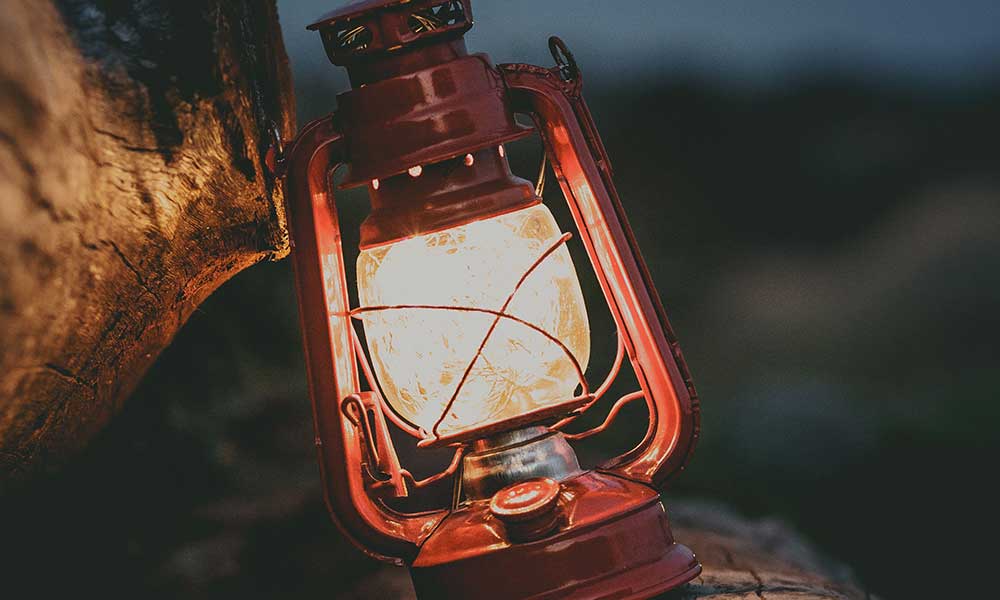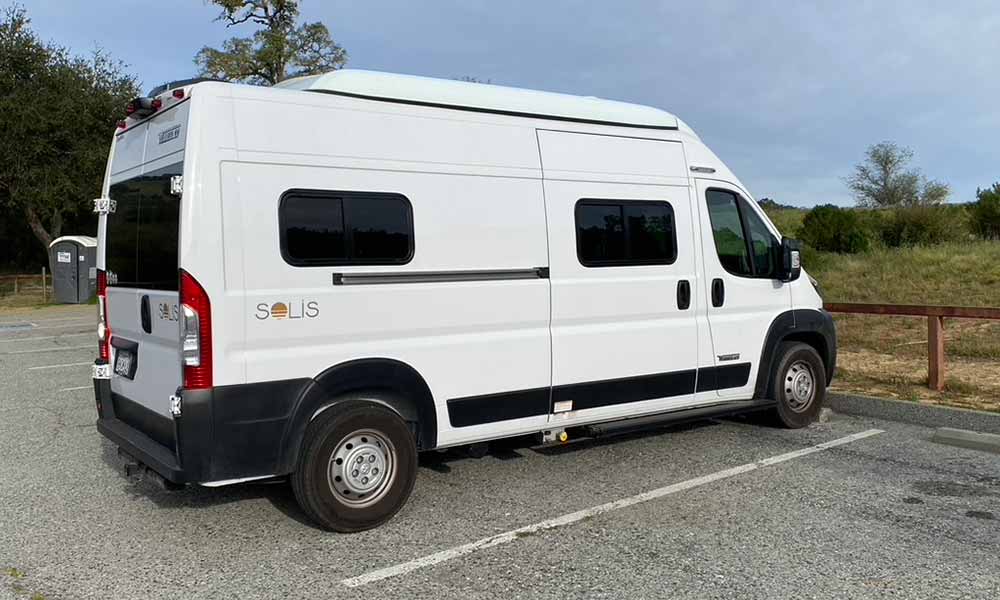There are many advantages to camping. You get to spend time in nature and disconnected from your busy, everyday life. Camping is relaxing and fun. However, you also need to bring many things when camping. So, what if you are on a hiking trip and are camping? How should you pack a backpack for camping?
There are many guidelines on packing a backpack for camping. Pack the sleeping bag in the bottom of the backpack. Heavy items should go in the middle of your backpack, while lighter items or things you might need during the hike go near the top of the backpack. A tent is likely the heaviest item.
Apart from where to pack which items in your backpack, you must also ensure that you take everything you need. Furthermore, taking precautions to keep your clothes and gear dry is essential when camping. We will discuss where to pack certain items in your backpack and how to ensure your items remain dry and free of damage while you are hiking. Here is how to pack a backpack for camping.
1. What To Pack In A Backpack For Camping
There are many things to bring when camping and most of these things are essential. Camping without them will be uncomfortable or dangerous. Fortunately, there are also many checklists to ensure you have packed everything you need for camping in your backpack. Here are the essential things to fill in a bag when camping:
- Tent, sleeping pad, and sleeping bag.
- Clothes. Bring more clothes than you think is required. Also, bring a raincoat and warm clothes.
- Water and water purification supplies.
- Food. Bring more food than you think is required.
- Headlamps and waterproof matches.
- A map of the terrain and a compass.
- A stove and fuel.
- Sun protection. Hat, sunscreen, and clothes to protect you from the sun.
- Bug repellant spray.
- First-aid kit and emergency repair kit.
- Rope and bear spray if you are camping in bear-country.
Once you have everything assembled that you will need, you can pack your backpack for camping.
2. How To Pack Heavy Items In A Backpack For Camping
When camping, you must take a tent and some cooking utensils, such as a pot and cutlery. In some cases, you must also take a stove and fuel. These items will be the heaviest things you take camping. Therefore, they should be packed in the middle of your backpack, close to your back.
This will ensure the best weight distribution throughout the backpack and help keep you from getting exhausted while hiking.
Some hikers recommend splitting the tent and cover from the poles when packing a tent. This makes the tent easier to load and allows more space inside the backpack. Some recommend you strap the tent poles to the outside of the backpack to save space. However, other hikers warn that there is a risk of losing or damaging your tent poles this way.
If you pack your tent into your backpack, using a waterproof stuff sack is a great tool. The stuff sack will allow you to compress the tent, ensuring it takes up less space in your backpack. It will also help keep the tent dry in case of rain. Furthermore, a waterproof stuff sack will keep your tent separated from the other contents of the backpack. Therefore, if the tent is wet or dirty, it will not transfer to the rest of the contents.
While you could strap heavier items, such as a tent and cooking utensils, to the outside of the backpack, doing so might cause uneven weight distribution. Furthermore, you risk losing or damaging anything strapped to the outside of the backpack.
3. How To Pack Sleeping Gear In A Backpack For Camping
Apart from the tent, you will need a sleeping bag and sleeping pad when camping. These items aren’t as heavy as a tent, but they do take up quite some space. Therefore, it is recommended that you pack your sleeping bag and sleeping pad in the bottom of your backpack. Some backpacks have a special compartment for storing these items.
However, if your backpack doesn’t have a compartment, you should still pack the sleeping gear inside the backpack. This helps to protect the equipment and ensure good weight distribution. Using a stuff sack for your sleeping bag will also help to compress it, thereby reducing the space the sleeping bag takes.
Keeping your sleeping gear dry is essential. Therefore, it is recommended that you place sleeping gear in a waterproof bag.
4. How To Pack Clothes And Food In A Backpack For Camping
Clothes and food are some of the lighter items in your backpack. Therefore, they can be packed around heavy things. Essentially, you can use your clothes, food, and other items to fill the empty spaces in your backpack. Remember to bring more clothes and food than you think you will need.
Bring warm clothes in case of cold nights. Also, bring a raincoat in case it starts raining. Pack the raincoat in the top part of the backpack where it’s easy to reach.
In terms of food, there are many options for what to take. Some people take fresh food, while others take dehydrated food. Keep in mind that canned food will add weight to your backpack. Dehydrated food is lightweight and easy to prepare. You can also take nuts, granola bars, and dried fruit or jerky.
If you are taking a camel pack, be sure to separate it from your clothes and other items. If the camel pack leaks, it’s best to ensure the rest of your belongings are dry. Keep water purification tablets within reach to purify any water you intend to drink or cook with.
5. How To Pack Other Items In Your Backpack For Camping
Most backpacks have outer pockets useful for items such as a first-aid kit and repair kit. There should be a special place to put keys. Any documents should be kept in a waterproof pouch. You can use the outer pockets on a backpack for toiletries, a waterproof duffle bag, a rain poncho, flashlights, snacks, and water.
Pack things you will often use in easy-to-reach places and put anything valuable or easily damaged in a waterproof bag inside the main compartment of your backpack. Try to pack as many things into the backpack as you can to help with weight distribution.
Conclusion
There are different ways to pack a backpack for camping. However, the best way is to start with your sleeping bag at the bottom of the backpack. Place your tent and other heavy items in the middle of the backpack, closest to your back. Other items, such as clothes and food, can fill the empty spaces. Next, pack the things you will often use in the top section of the backpack.







